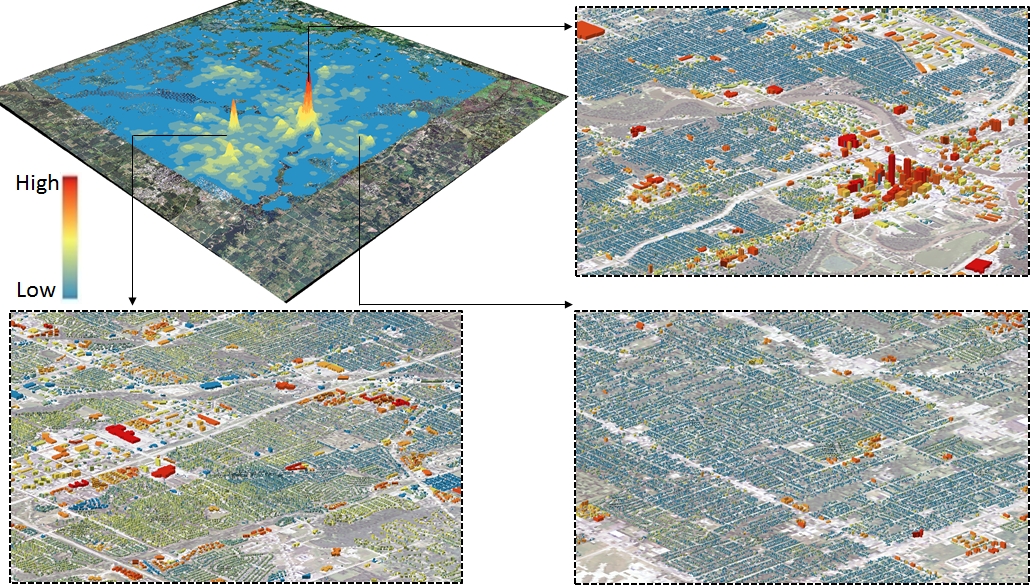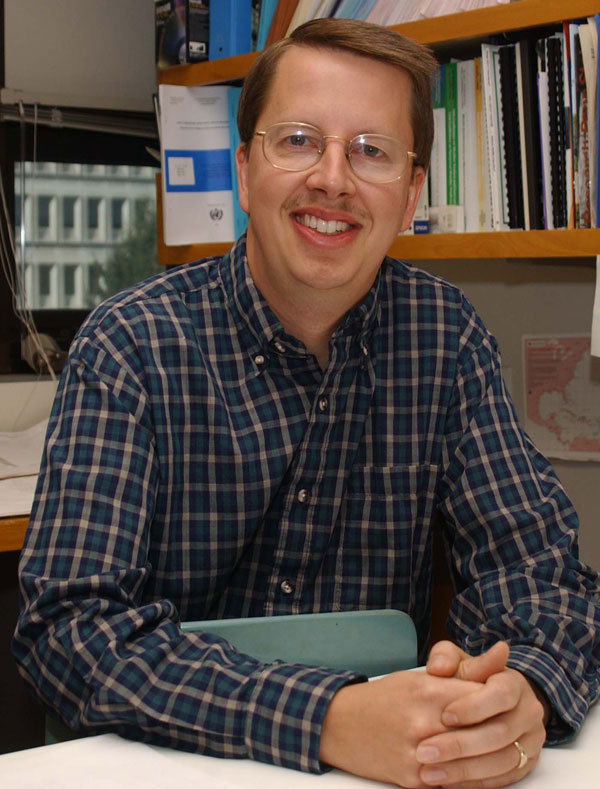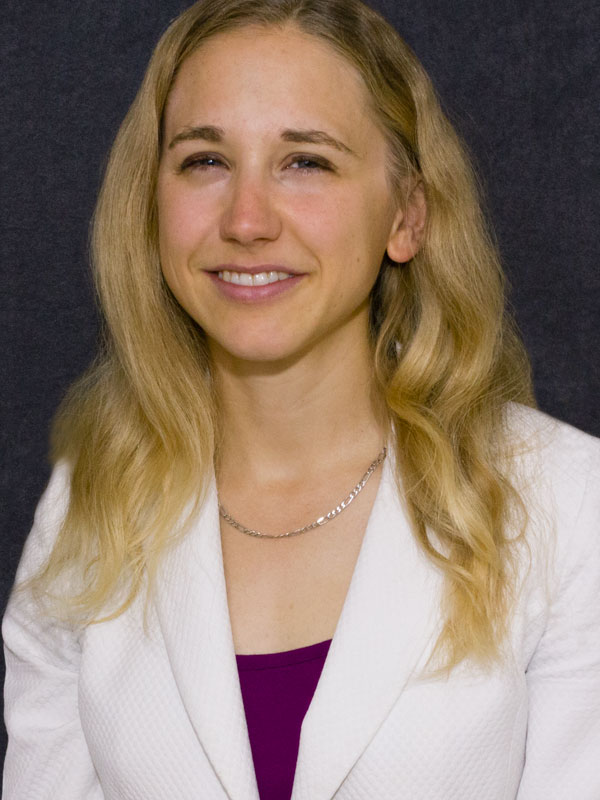
When William Gallus was twelve years old, his hometown experienced a major flooding disaster. Though the town had built extensive concrete channels to control flooding, it couldn’t hold back a foot of overnight rainfall.
“I woke up and things were flooded in the city,” Gallus said. “I had already been interested in meteorology and it stuck with me how this happens a lot and we still have a hard time forecasting it ahead of time.”

But Gallus is also looking at forecasting in a very different weather scenario — drought and heat. His newest project, headed by Kristen Cetin, assistant professor of civil, construction and environmental engineering, will predict how city energy usage is affected by heat and drought.

“We’re going to push the limits and use some data types that people don’t often use,” Gallus said.

“We have different building types, like offices and hospitals and supermarkets, and they’re totally different in terms of building energy use,” he said. “We can model the building energy use in each building for the whole city, and based on that we can study how the extreme event impacts each city and also each building in that city.”
The energy use during drought and heat is especially a concern because of supply and demand issues. Drought and heat bring with them high-energy usage from air conditioning as well as other climate-dependent end-uses. But power plants need cold water, which can become scarce when a heat wave is accompanied by a drought.
“When you need the energy the most it’s the hardest to create,” Gallus said. “This project is trying to estimate what will happen in the future as the climate is warming.”
In addition, due in part to air conditioning and other energy use which releases heat to the environment, urban areas develop a phenomenon known as an urban heat island, in which an urbanized area maintains a higher temperature than a surrounding rural area.
“In big cities the temperature can be more than 10 degrees higher than the rural area,” Zhou said. “We must consider such issues for the future and how to build additional capacity for the generation to meet the increased demand of electricity due to an extreme weather event and the urban heat island.”